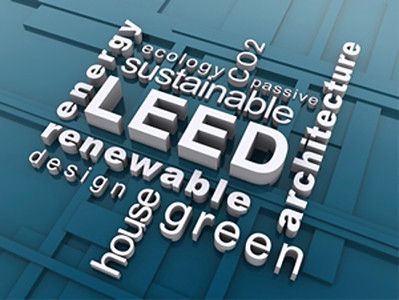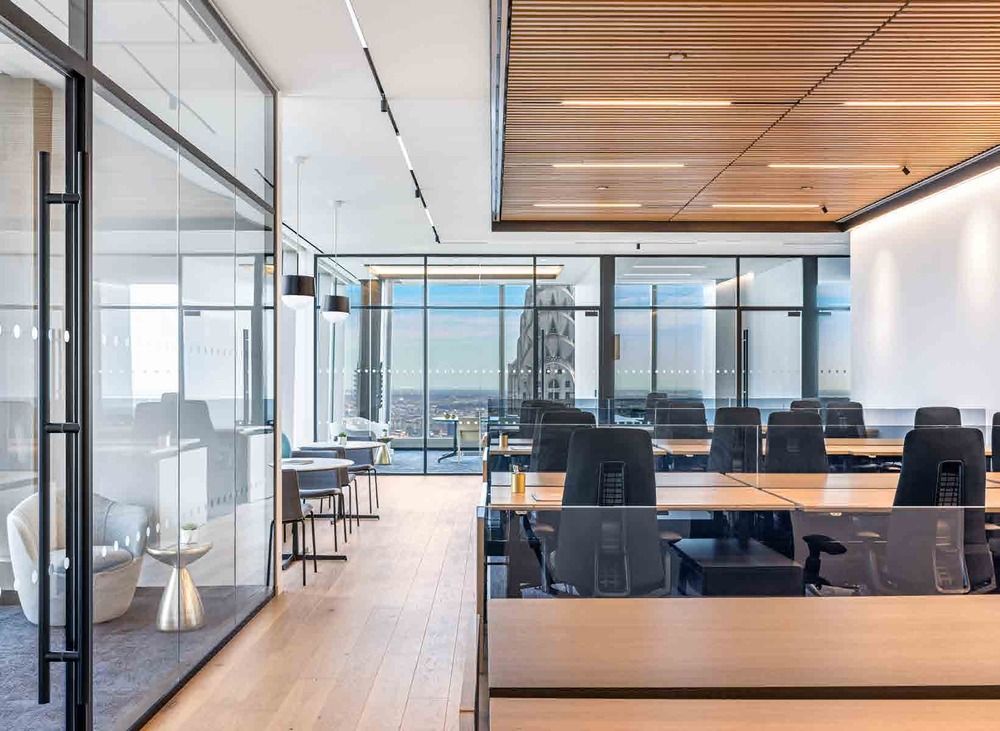Background
New York City is a major contributor to global greenhouse gas emissions, with its buildings accounting for approximately 70% of its carbon footprint. To combat this, the city has set a goal to become carbon neutral by 2050 and has enacted several pieces of legislation, including Local Law 97, to reduce emissions.
Local Law 97 is aiming to reduce emissions from the city’s large commercial buildings by lowering energy and water usage, mandating the installation of energy efficient systems and equipment, and requiring landlords to upgrade or replace insulation, windows, lighting, and other building elements.

What is Local Law 97?
Local Law 97 (LL97) requires all buildings in New York City with a gross square footage of 25,000 or more, regardless of use (e.g. office, residential, hospitality), to meet new energy efficiency and greenhouse gas emissions requirements by 2024, with even stricter guidelines by 2030. Building owners must audit their energy use, retrofit their buildings to be more energy efficient, and adhere to limits on their carbon emissions. To stay in compliance, building owners must prove that they have achieved a certain percentage reduction in their carbon emissions every year or face penalties.
Who is required to comply?
- All buildings regardless of the use (Office, Residential, Hospitality, etc.) with a gross square footage of 25,000 SF or more. This includes:
- Two or more buildings on the same tax lot that exceed 50,000 SF
- Two or more buildings held in condominium form of ownership and governed by the same board of directors that exceed 50,000 SF
When must buildings comply?
Reporting occurs in May of the following calendar year so buildings must begin to comply by 2024 and report their usage in May 2025.
Penalties for Non Compliance:
Buildings that don’t comply with Local Law 97 will face fines based on their amount that they exceed the limit of allowable tCO2e. The current fine amount is $268 per ton of GhG emissions.
How does this impact tenants?
Landlords are beginning to include lease language that push the cost of compliance with Local Law 97 to tenants. Every lease is different but we’ve been seeing language including passing through capital costs to tenants such as upgrading windows, boilers, lighting, and plumbing. Alternatively, the building may pay for carbon offset credits and pass the cost along to tenants. Lastly, if the cost of the fine is negligible compared to the cost to upgrade the building, then they may opt to pay the fine and pass the cost of the fine to tenants. It is important for tenants to engage with ownership early in the negotiation process to assess planned improvements and costs, limit exposure to potential pass-throughs on capital expenditures attributed to compliance, and negotiate more efficient fixtures and materials in the construction of their premises as well as an electric meter to track consumption.
How could tenants protect themselves?
-Engage with ownership early in the negotiation process to assess planned improvement and costs. These should be factored into the economics of the overall lease.
-Limit exposure to potential pass throughs on capital expenditures attributed to compliance with Local Law 97 improvements by negotiating a cap
-Ensure that ownership is passing through any value it receives from government incentive programs related to Local Law 97 improvements
-Understand the tenant makeup of the building. If there’s a data center or restaurant occupying a portion of the building and contributing to a significant portion of the total GHG usage then it may make sense to have that tenant take on a greater percentage of the total building usage when allocating costs of improvements.
-Negotiate more efficient fixtures and materials in the construction of your premises as well as an electric meter to track your consumption–
-Anticipate future impact on your building or prospective building. Find out how your building is performing and how much GHG it produces and then compare it to the table below.
| | Emissions Intensity Limit (tCO2e/sf) | Emissions Intensity Limit (kgCO2e/sf) |
|---|
| Item# | Occupancy Group | 2024 to 2029 | 2030 to 2034 | 2024 to 2029 | 2030 to 2034 |
| 1 | B – Business (Office) | 0.00846 | 0.00453 | 8.46 | 4.53 |
– Every building has is different so above all hire a team of professionals who are experienced in negotiating these aspects of a lease transaction to ensure that your business isn’t being taken advantage of.
Conclusion: Local Law 97 is a critical step towards reducing greenhouse gas emissions in New York City. It is important for building owners and tenants to understand the requirements and implications of the law and work together to achieve compliance. However, the information contained in this post is not intended to constitute legal advice and should be used for general informational purposes only. Readers should contact their attorney to obtain advice and should not act on this information without first seeking legal advice.

